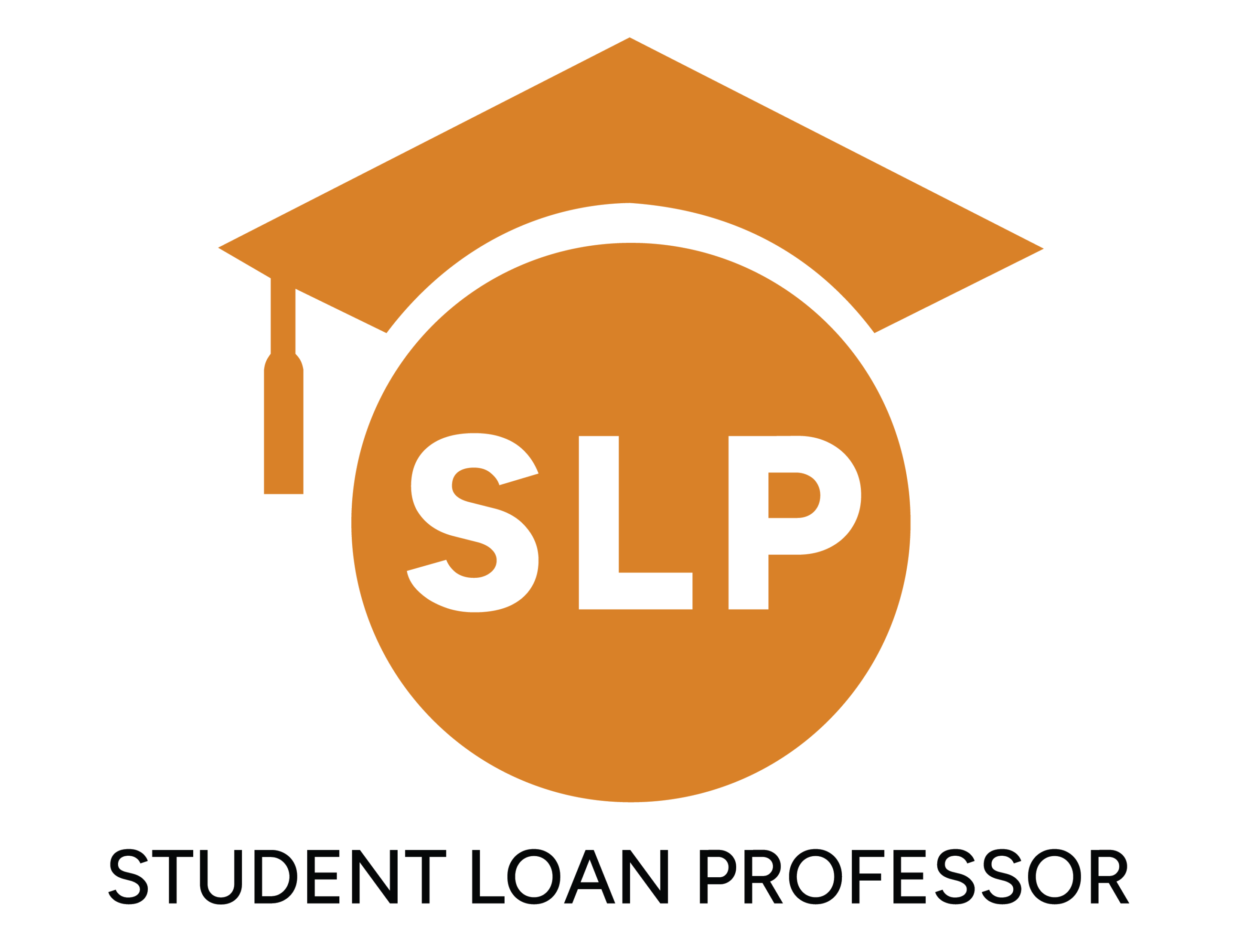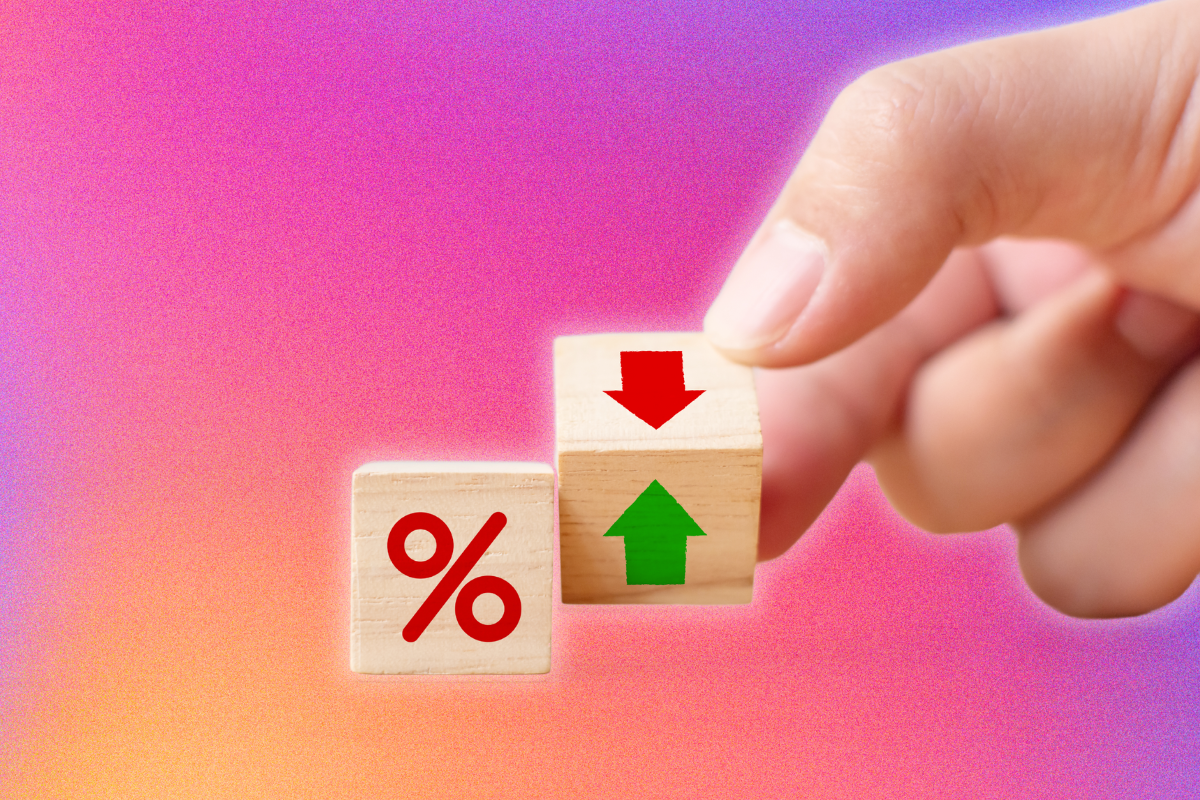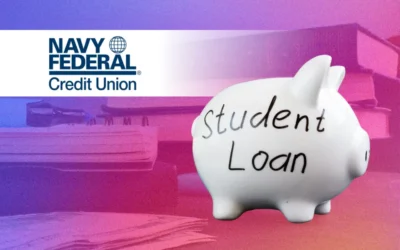For the 2024/25 school year, all undergraduate federal loans have a fixed interest rate of 6.53%, Direct Unsubsidized Loans for graduate students are 8.08%, and Direct PLUS loans are 9.08%.. Private loan rates are already climbing, with some student loan interest rates nearing almost 17% at the time of writing.
Government programs like Income-Driven Repayment plans (IDR) claim to provide a lifeline for those struggling with high interest rates. However, by extending the repayment period, these plans may accrue more interest over time, making them unsuitable for some borrowers.
Many students are unaware of just how much interest rates and the options available to them can impact their overall debt. It’s easy to get caught up with the thought of repayment plans, but without understanding how interest rates compound, borrowers often find themselves trapped in debt for much longer.
Key Takeaways
- Federal student loan rates are based on the 10-year US Treasury bond yield.
- Private loan rates depend on credit score, loan term, and market conditions.
- Capitalized interest increases loan balance during deferment or forbearance periods.
- Refinancing can lower interest rates but may sacrifice federal benefits and protections.
How Student Loan Interest Rates Are Determined
Several factors are considered when determining the interest rates depending on the type of student loan:
Federal Student Loans
At the basic level, Congress sets the Federal student loan interest rates every year. One factor used to determine this rate is the 10-year US Treasury bond yield.
The interest rate is tied to the 10-year US Treasury bond yield so that an increase in it would simultaneously increase the interest rates.
Every May, Congress sets the rate for the upcoming academic year by adding a fixed percentage (a margin) to the current Treasury bond rate.
For instance, in May 2024, the US Treasury held its annual auction for a 10-year bond, which had a yield of 4.483%. Different margins were added to this percentage to arrive at the interest rates for federal student loans.
Undergraduate loans, for example, were placed at a margin of 2.05%. When added to the 10-year bond yield for the year, it gives 6.53%. Other loan types have slightly higher fixed interest rates.
For example, Direct PLUS loans have higher rates because they’re intended for large borrowing amounts.
Private Student Loans
Private lenders calculate your interest rates based on creditworthiness, market conditions, loan type and term length, and many other factors.
While private loans might be easier and faster to get, loan rates are more complicated. For instance, having a low credit score automatically means you’ll be paying more interest and vice versa.
Even more, shorter-term loans have lower interest compared to longer-term loans. Clearly, the rates aren’t fixed in such situations, unlike with Federal student loans.
How Interest Rates Affect Your Total Debt In the Long-run
Interest is calculated as a percentage of the remaining loan balance over time. Whether you pay higher or lower interest would depend on your interest rate and loan term.
To illustrate this clearly:
If you borrow $30,000, for example, at an interest rate of 6.53% over 10 years, you’ll pay $41,000. Likewise, if you were to take the same loan at 3%, you’ll pay a total of ~$35,000.
Capitalization of Interests
While most student loans follow a simple interest calculation, there are instances where your total loan balance can grow significantly.
For instance, if you have unpaid interest—like during periods of deferment and forbearance—it can be capitalized. This means the unpaid interest is added to your loan’s principal, and moving forward, interest is charged on this new, larger balance.
Capitalization can especially happen if you have direct unsubsidized loans. For subsidized loans, the government pays the interest while you’re in school, during the grace period, and during deferment, so no interest accrues during this time.
How To Reduce Your Student Loan Interest Rates
In recent years, government policies to reduce student debt have come out with no real result. The closest instance was President Biden’s announcement to forgive over $20,000 for millions of students, which the Supreme Court struck down.
While it may seem like you’re stuck paying off your student loans, you still have a list of options for reducing your debt.
Option 1: Improve Your Credit Score
This option is for you if you’re taking out a private student loan. Private lenders negotiate your interest rates based on several factors, including your credit score; improving it means you’ll get lower rates.
Aim for a score of 700 and above. You can do this by paying off debts, maintaining a low credit balance, and making timely payments.
Improving your credit score is best before taking out a loan. Likewise, if you have an existing student loan, improving your score gives you a better chance of getting a good refinancing deal.
Option 2: Choose Variable Interest Rates
For private loans, you might consider choosing a variable interest rate, which can initially offer lower rates and potential savings.
However, there are chances that your rates will increase with time due to market conditions. Therefore, this option might be most suitable if you intend to repay the loan quickly.
Option 3: Enroll In Automatic Payments
Automatic payments help ensure that you make your debt payments on time, a practice that lenders often reward. Some lenders offer interest rate discounts (often 0.25% – 0.50%) for borrowers who choose the auto-pay option.
Option 4: Loan Repayment Assistance Programs
If you work in certain professions like teaching or public service, you can qualify for loan forgiveness programs or employer repayment. These programs may assist with your interest payments or lower your total loan balance, which can, in turn, reduce the amount of interest you’ll pay.
Is Refinancing a Lesser Evil?
When confronted with the magnitude of their debt, many individuals instinctively consider refinancing immediately. But refinancing can be a tricky option—in other words, it’s not meant for every situation.
When is Refinancing a Good Option?
Refinancing makes sense for borrowers with high interest rates, especially from private lenders. It gives you a fresh opportunity to renegotiate for a lower interest rate, which reduces the total interest paid over the life of the loan.
However, to make this possible, you must also have a credit score of at least 700 and a stable income.
How Can Refinancing Reduce Your Debt
Lower Interest Rates
The most obvious benefit of refinancing is securing a lower interest rate. If you’re paying 7% or more, for instance, refinancing to a 3-5% rate can save you thousands over the loan term.
Shorter Loan Term
When refinancing, you may opt for a shorter repayment term– for instance, from 20 years to 10 years). While this increases your monthly payments, it also reduces the total amount of interest you pay.
Combining Multiple Loans
You have the option to combine multiple loans into one. This simplifies payments and often gives you better terms. Even if your current loans have a mix of rates, refinancing can sometimes bundle them into one lower interest rate, saving you money.
Refinancing Multiple Times
You can refinance a single loan more than once. If rates drop further or your credit score improves, there’s no penalty for refinancing again. Although it’s not common, some lenders even allow you to re-adjust the terms as your financial situation improves.
Are There Drawbacks to Refinancing?
Yes, there are several disadvantages to refinancing. For one, you are at risk of losing federal benefits and protections like IDR plans, Public Service Loan Forgiveness (PSLF), and the ability to pause payments during economic hardship.
Refinancing lenders also invariably require proof of creditworthiness, which encompasses a stable employment history and, in some cases, a co-signer.
Occasionally, lenders may require you to maintain an emergency fund or savings that cover several months’ worth of payments. This serves as a form of assurance that you will not default on your loan.
What’s Next for You?
You’ve learned that interest rates can easily add up, increasing your total debt. This can make it hard to pay up in the long run and put you in a tough financial spot.
However, steps such as improving your credit score, enrolling in an assistance program, or considering refinancing can help mitigate the situation.
While refinancing can be one of the best solutions, it can also be tricky. Before you decide on it, ensure you sign up for our Free Refinance Suitability Analysis and Assistance. We work with only the most reputable refinancing lenders.
Brandon Barfield is the President and Co-Founder of Student Loan Professor, and is nationally known as student loan expert for graduate health professions. Since 2011, Brandon has given hundreds of loan repayment presentations for schools, hospitals, and medical conferences across the country. With his diverse background in financial aid, financial planning and student loan advisory, Brandon has a broad understanding of the intricacies surrounding student loans, loan repayment strategies, and how they should be considered when graduates make other financial decisions.





